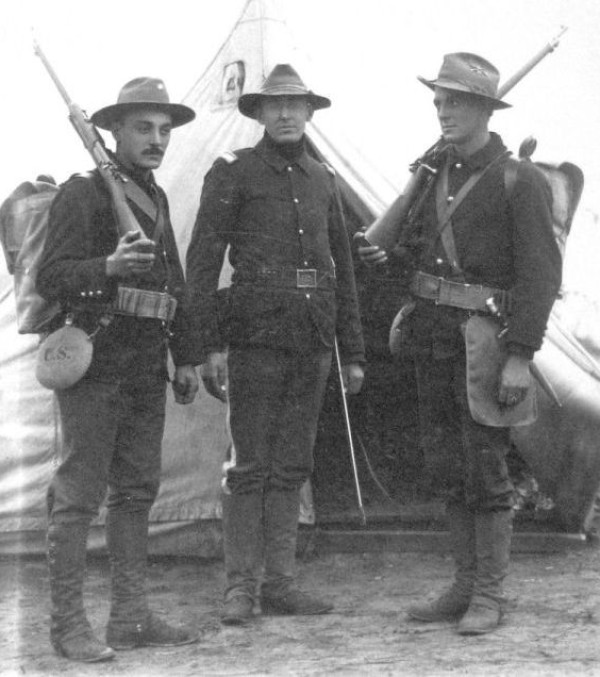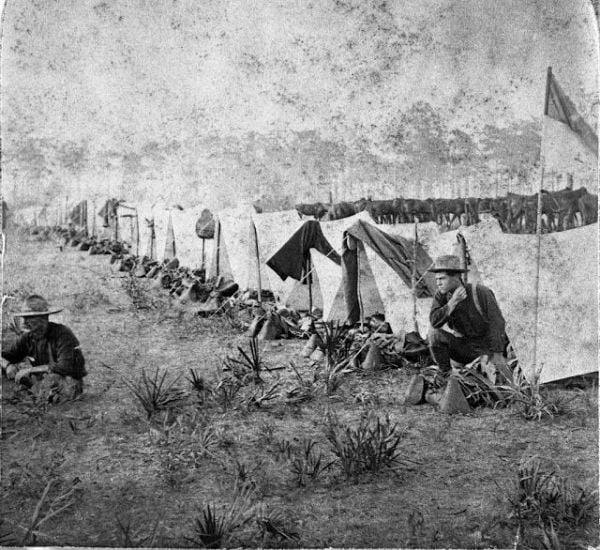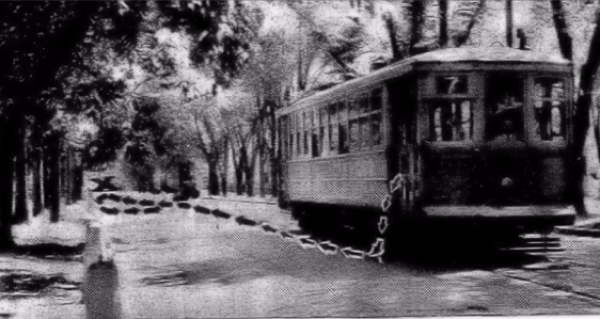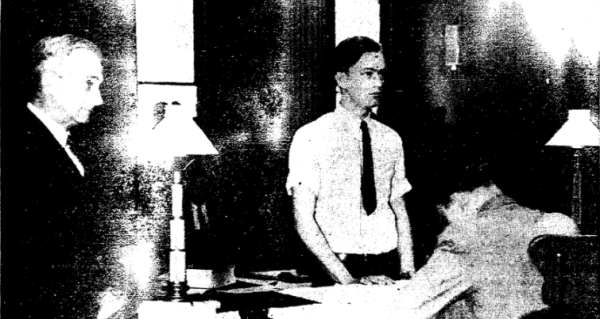Originally published in The Rock River Times.
February 15, 1911 was a day that many people in Rockford would remember for a long time. It was an unusual day for a couple of reasons. One, the ice had started to go out on the river about a month early. The winter had been a hard one and there were large pieces of ice that had broken away and started to grind their way downstream. These large ice rafts would get snared on bridges and other things until an ice jam was created. This caused the water behind the ice jam to back up and flood over the banks. The ice jams were so bad in 1911 that the Rockford Republic labeled it the worst year for ice since 1881. Many bridges, small buildings, and docks were destroyed by the flow while the flooding damaged many of the buildings that lined the banks.
City officials decided that the situation had become desperate enough to authorize the ice jams to be blown apart by dynamite. Blasting continued throughout the night of February 14 and 15th. This situation may have contributed to the second reason February 15th would remain in the memories of the all those who lived here during that time.
When an explosion happened at 12:45 a.m. on February 15th, most people mistakenly thought it was the work being done on the river. Of course, the people who lived around the 700 block of Corbin Street knew differently. All of the windows of the house that faced the two storied home at 711 were blown out by the explosion.
Joseph Vitoli, and his wife Rena and their two children had been in bed for hours at the time of the explosion. Rena was on the side of the bed closest to the window. She preferred that side because it made it easier for her to get up in the middle of the night without disturbing Joseph. Rena was eight months pregnant and made frequent trips to the bathroom. Their one year old son Phillipi slept in his parents’ bed cradled in his mother’s arms. Their young daughter had a cot next to the bed.
The bomb was placed on the window sill just two feet from Rena’s head. The next door neighbors, the Giacolone family, heard footsteps in the area between the houses a couple of minutes before the explosion took place. The police later determined that a long fuse had been used to give the bomber ample time to escape before the explosion occurred.
The blast blew inward and the iron head board of the bed was twisted nearly in half. The debris was blown right into Rena’s head and arm, causing extensive damage. One piece of debris ripped through her arm and struck the sleeping child she held. It caused a compound break in the one year old child’s arm. Rena was scalped and her head crushed so badly that everyone who saw her found it unbelievable that she was still alive. The entire family was rushed to the hospital.
Doctors hurried to do what they could for the injured mother but the damage was just too extensive. Joseph stayed by his wife’s side until she took her last breath at 7:15 that night. The reporters of the day stated that Joseph was crushed by the death of his wife. They had been married ten years that February. They left two of their older children behind when they moved from Italy around 1905. The couple spent three years in New York before settling in Rockford.
Authorities struggled right from the beginning with this case. They began with the theory that the dynamite might have been stolen from the efforts to unblock the ice jam but that lead went nowhere.
Unfortunately, during that time, the Italians in Rockford mistrusted the police and refused to talk. This was partly due to the fear of the organization called the Black Hand. From January through March of 1911, there were at least eighteen murders, scores of stabbings, over one hundred bomb explosions, and thousands of dollars reported paid out to black mail rings. All of these crimes were attributed to the men who ran the Black Hand organization in Chicago’s Little Italy. The men would send families warnings that included a black handprint. These warnings included an offer for a type of insurance that would protect these families from becoming victims of the Black Hand. It was an “offer they couldn’t refuse” that would become famous in the later mob organizations that were created. When families wouldn’t or couldn’t pay, bad things would happen to one or all of the members. The Black Hand Crew committed these murders in the most brutal and highly public ways to deter others from refusing payments.
The authorities worked that angle hard as well as looking into the past of both Joseph and Rena, searching for some clue why someone would want this entire family dead. Joseph had been out of work for a time and the family took in some men as boarders. Two of these men had been asked to leave because of their habits of carrying guns and their late hours. Police followed several of these leads but without the assistance of any witnesses and no real physical proof there was little they could do.
Tensions ran high in the days that followed the bombing. Everyone was frightened about further violence and men armed themselves in order to protect their families from danger. It was so bad that during Rena’s funeral at St. Anthony’s Church, Father Marchesano pleaded with everyone to let the authorities do their job and stop any vigilante action. He spoke of the escalating violence in Chicago as the grip of the Black Hand crew tightened there.
Rena’s family laid her to rest in St. Mary and St. James’ Cemetery. Police Chief A.E. Bargen and State’s Attorney Harry B. North were so desperate in this case that they offered a reward for any clue leading to an arrest. This and the fact that Rena was pregnant captured the attention of the nation and the news spread from coast to coast. Unfortunately, no one stepped up to offer any help and the reward was never claimed. The last local article about the case was carried in the May 6, 1945 edition of the Morning Star. What reporter Bill Garson wrote in the article remains true to this day. “The identity of the dark figure who scuttled into the shadows after placing the dynamite bomb on the Vitoli’s window sill is still as shrouded in mystery as it was on the cold February night in 1911.”
Copyright © 2020 Kathi Kresol, Haunted Rockford Events









